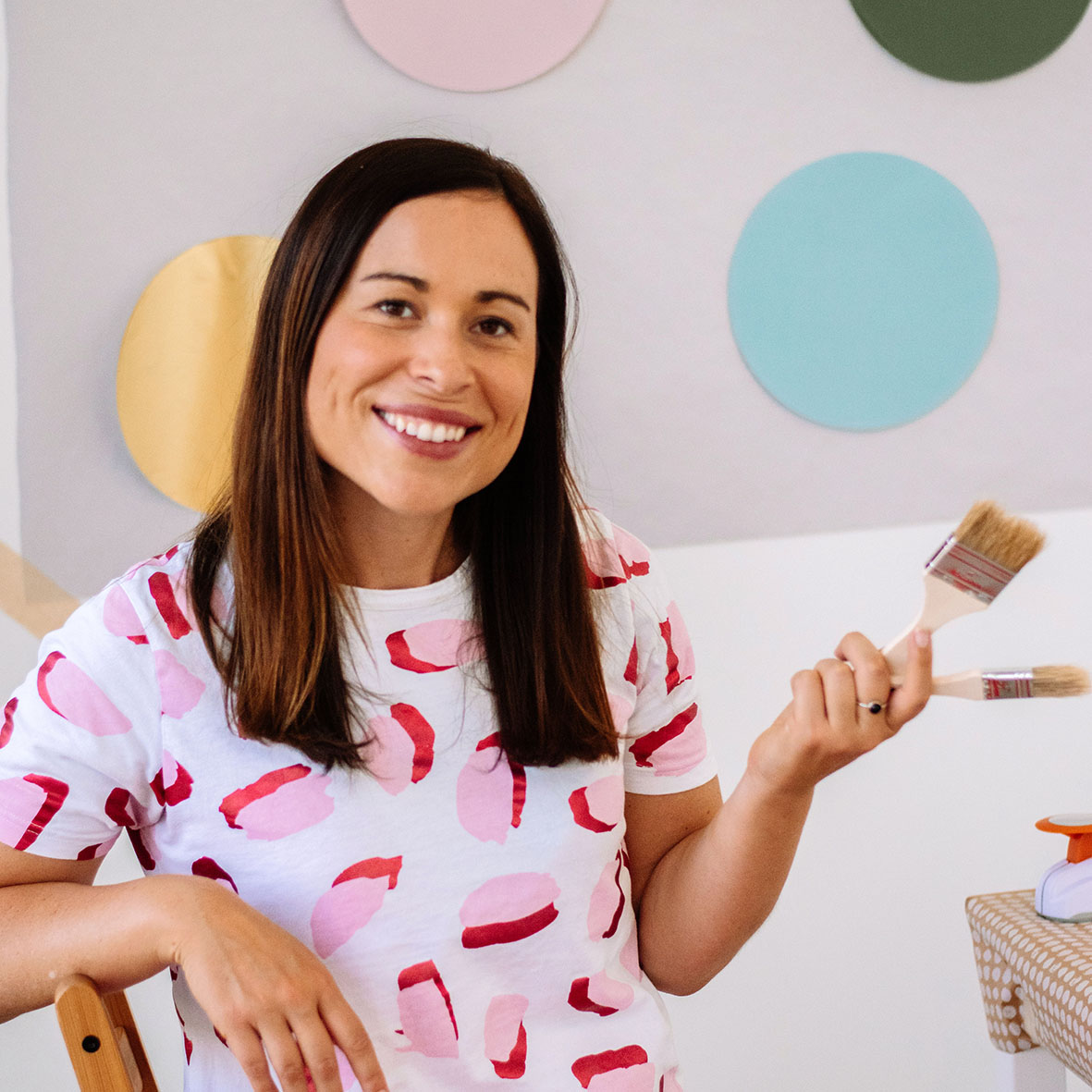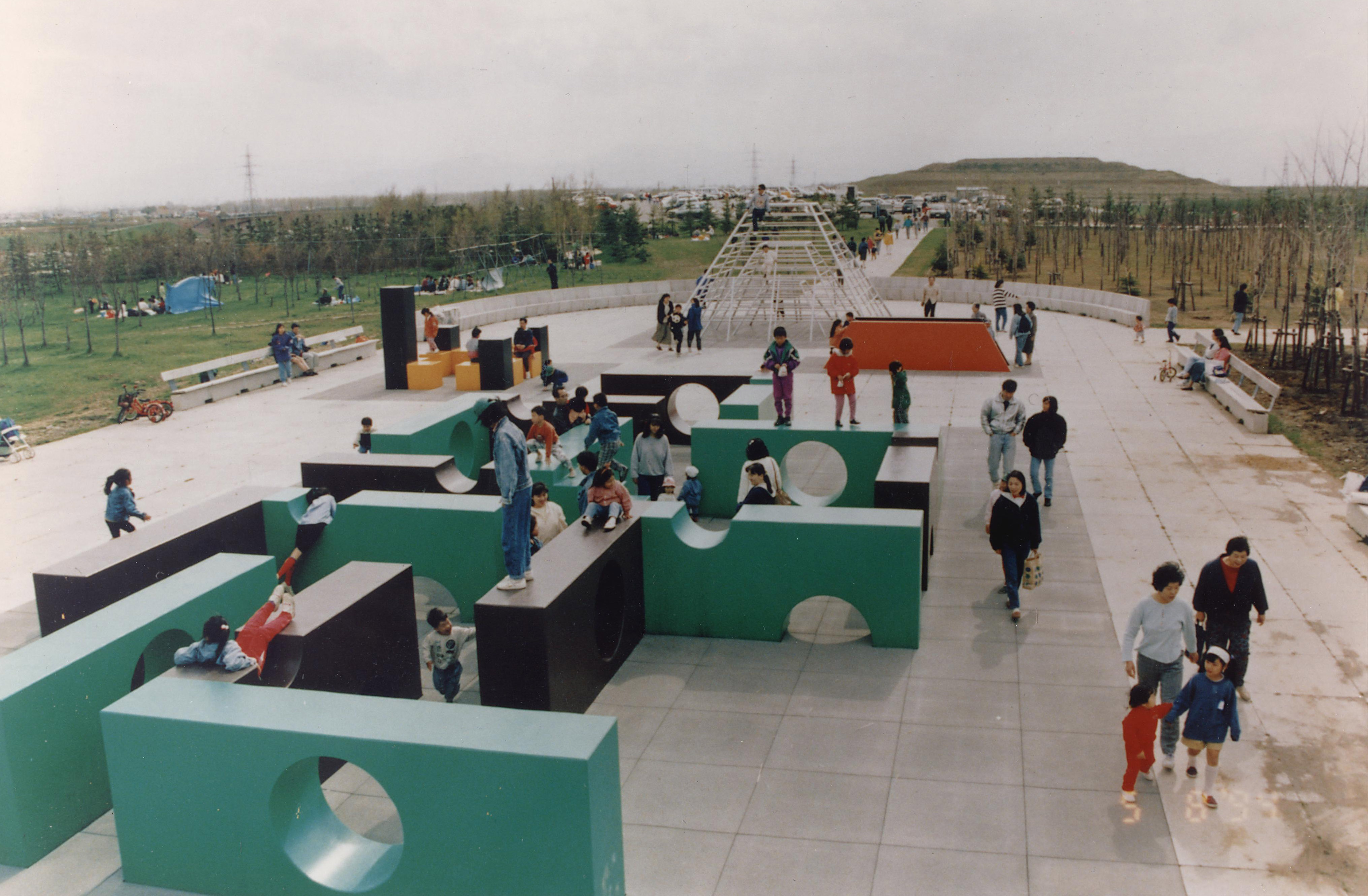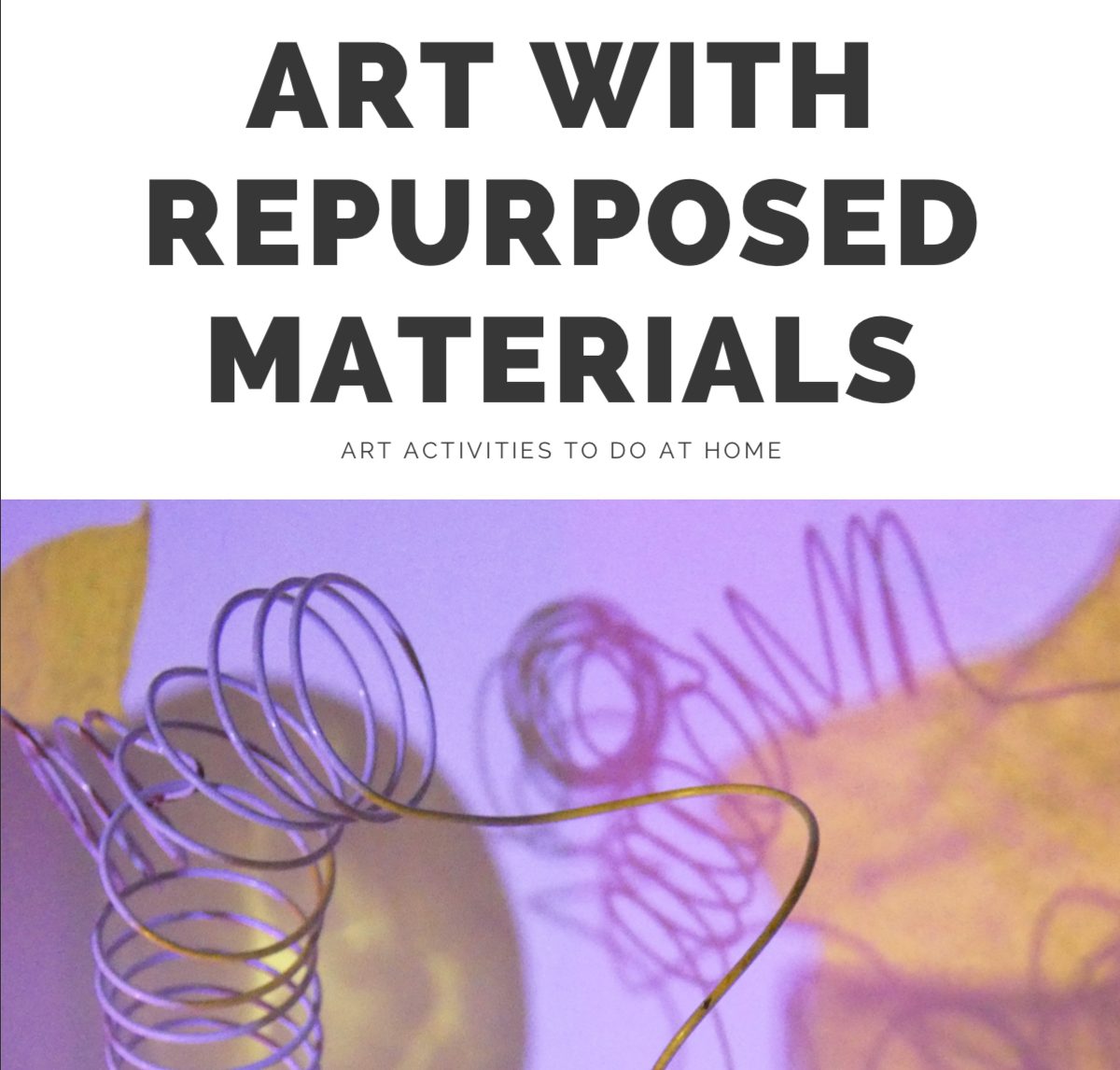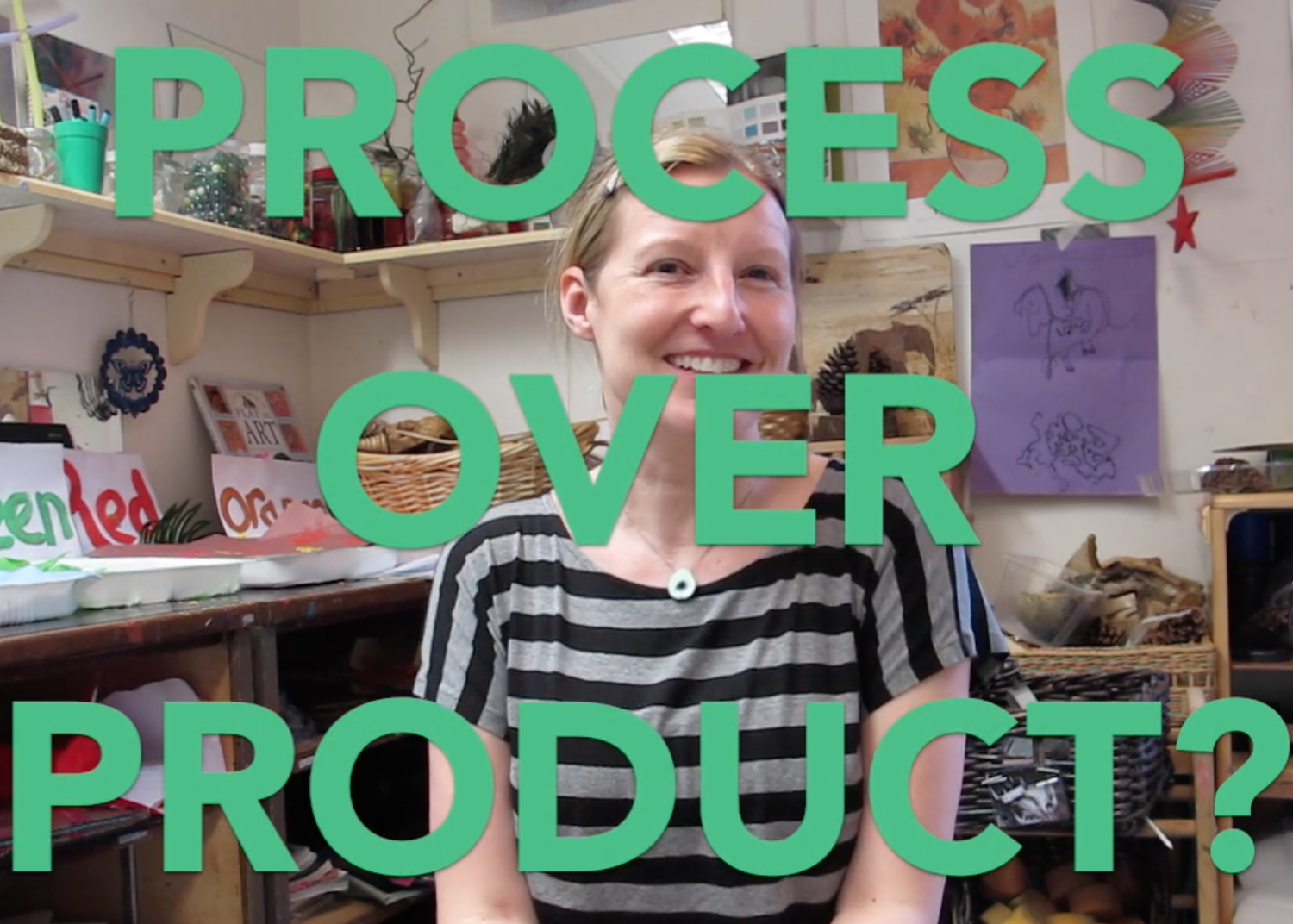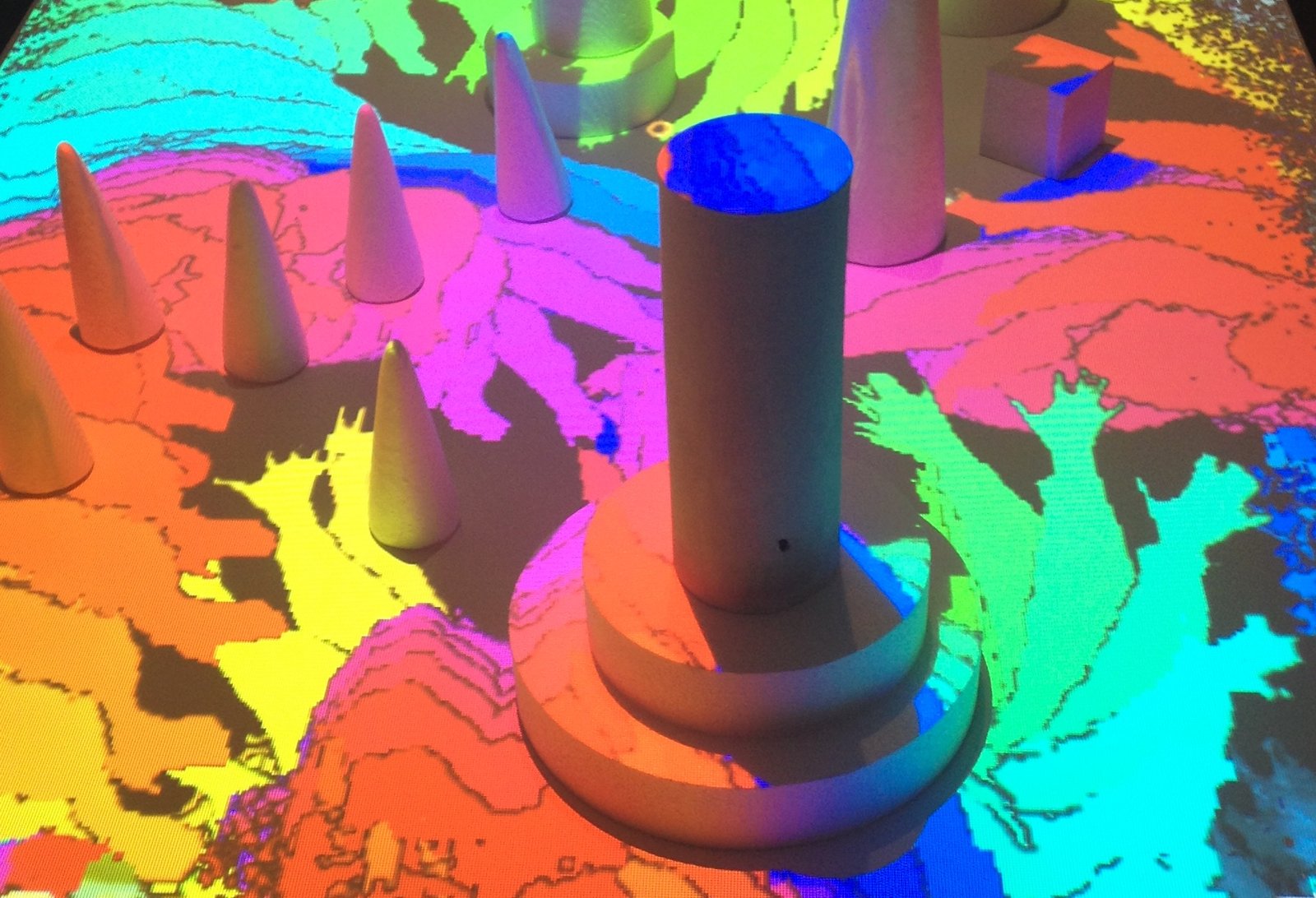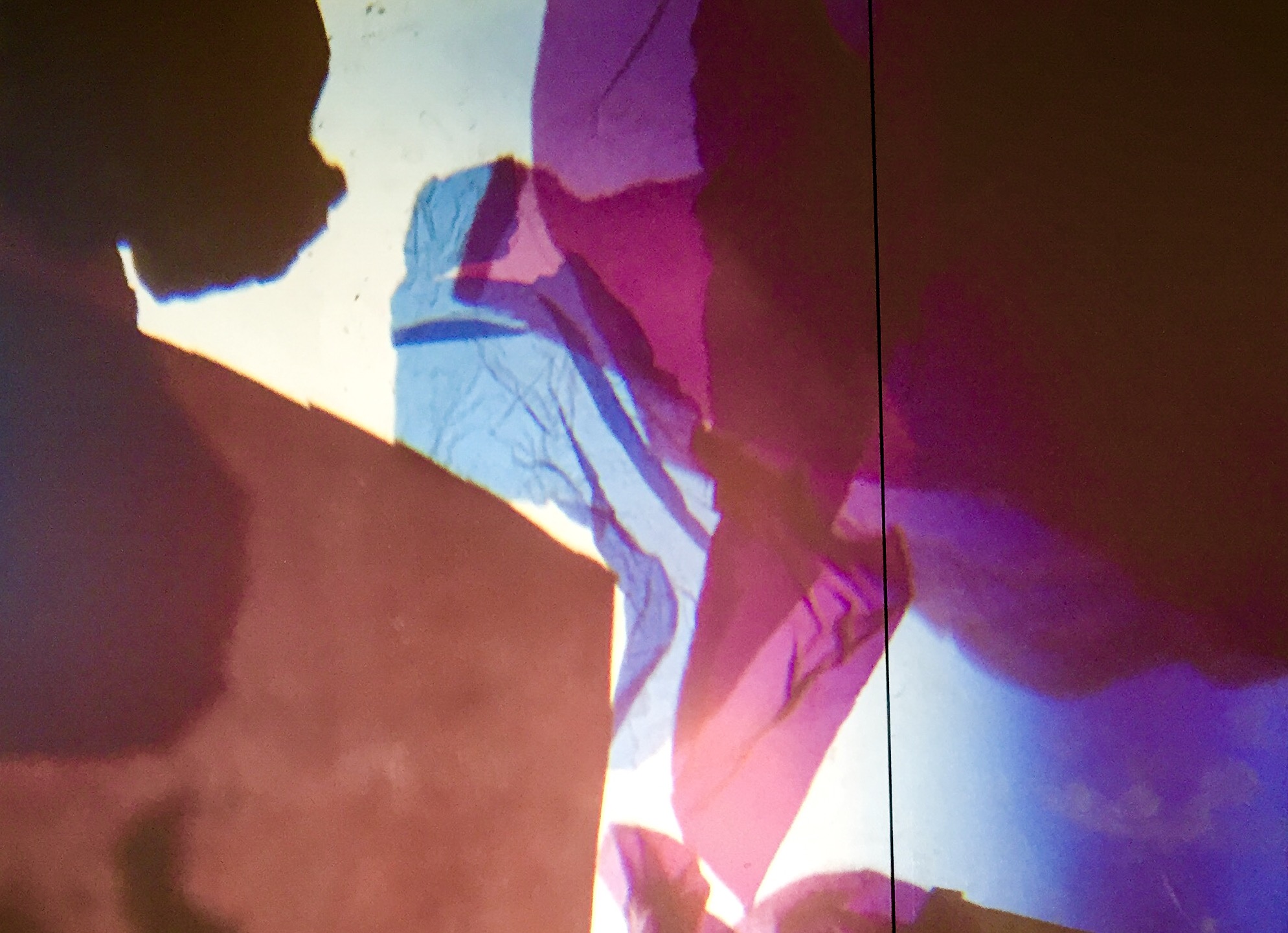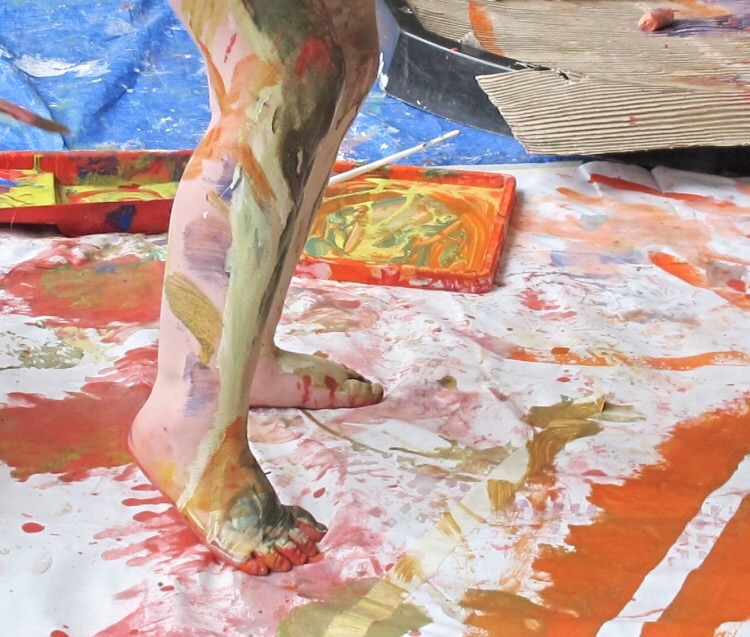Hello, I am Dr. Louisa Penfold! I started Art Play Children Learning back in 2016 as a way to help parents do fun and meaningful art activities with kids. I currently work at Harvard University as a Post-Doctoral Researcher in Early Childhood Education. Check out the video below to hear what Art Play Children Learning is all about… This blog features ideas for how parents can integrate contemporary art into children’s lives. To find your way through the posts, I have created the following five directory sections: Kids art activities Family excursion ideas Tips for parents and teachers Amazing artists and educators Academic research A little about me Aside from nerding out on this blog, I also do some other things. I am originally from Melbourne, Australia but have lived overseas for many years. From 2015-2019 I was based in London while doing my PhD in art education. My doctoral research looked at…
Froebel’s Gifts and Isamu Noguchi’s Playgrounds
The folks at 99% Invisible have created some fab new podcasts and articles on the relationship between children, play and the material world. And because I am a massive nerd, I have created summaries of them to share with you! I highly recommend listening to the podcasts (links are included below) as they are entertaining, well-researched and only around 25-minutes long. Isamu Noguchi (design) and Shoji Sadao (architect). Moerenuma Park, Sapporo Japan. 1988-2004. ©The Isamu Noguchi Foundation and Garden Museum, New York / ARS Play Mountain: A podcast on the work of playground designer Isamu Noguchi Isamu Noguchi (1904-1988) was a Japanese-American sculptor, designer and landscape architect. After working for numerous years as a sculptor in New York, he came up with the idea to construct a ‘playground’ that had no rules or obvious way to play in it. Instead of having swings and slides, Noguchi wanted to the playground to…
Free ebook! Making art with repurposed materials
I am happy to share a new ebook I have been working on! It is all about doing art at home with repurposed materials. You can download it for FREE at the bottom of this blog post! I love this ebook because you won’t need to spend money buying new or expensive art materials as each activity has been designed so you can do them with bits and pieces you most likely already have. Experimenting with bioplastics by Angela Ruggles What is the ebook about? Repurposed materials are materials that have had a previous life as something else. For example, a cardboard box, recycled string, bottle tops, plastic containers, or natural materials. These materials are great to use in children’s art as they are open-ended and encourage imagination and creativity. The ebook featured six different art activities that use repurposed materials. These have been put together by six amazing art…
An interview with artist Lorna Rose
This post features a video interview with artist Lorna Rose. She talks about her approach to creative learning, like the importance of flexibility, multiculturalism, and inclusivity in education. We live in a world of great cultural, social, and political diversity. As the great art educator Maxine Greene said, the arts play an integral role in the growth of social cohesion by encouraging children to empathize with others from different background. This week I spent two days at the Lillian de Lissa Children’s Centre & Nursery in Birmingham (UK) working alongside their artist-in-residence, Lorna Rose. 90% of the children attending the nursery are from an ethnic minority, over half speak English as a second language. Of the 90 children in attendance, 28 languages are spoken! The nursery’s vision is for children to leave the center with a sense of curiosity about the world. Lorna Rose has been working as the artist-in-residence at the centre for over…
Why art is important in children’s learning
Art can play an important part in children’s learning. This post shares five key reasons why. “Every child has the right to relax, play and take part in a wide range of cultural and artistic activities.” Article 31, United Nations Convention on the Rights of the Child Many education theorists have argued that art has a central role in children’s learning and development. For example, John Dewey – the founder of American progressive education – argued for the need to integrate art into people’s everyday experiences. Eillot Eisner then talked about the criticality of art in public school curriculum and Maxine Greene wrote about its significance in allowing people to imagine the world from multiple perspectives. All of these amazing thinkers built their arguments on the same issue: that art has been marginalised from school curriculum in place of syllabus focused on maths, English, science and technology. A recent example of this can…
Vygotsky on collective creativity
This post shares Vygotsky’s idea of collective creativity, a concept presented in his article ‘Imagination and Creativity in Childhood’. I firstly talk about how he defines creativity and imagination. I then use these understandings to consider how children’s creativity emerges through play. Lev Vygotsky (1896 -1934) was a Soviet psychologist who researched children’s learning in social and cultural contexts. In particular, his theory of ‘social constructivism’ discussed the importance of social interactions in children’s cognitive development. Vygotsky was also very interested in creativity and imagination how these were understood in education. What is creativity? Vygotsky believed that creativity arises from any human activity that produces something new. Creative acts could produce anything from physical objects to a music score to a new mental construct. Creativity is therefore present when major artistic, scientific and technical discoveries are made. It is also existent whenever an individual alters, combines, images or makes something new.…
4 organisations exploring materials in innovative ways
This is a follow up to my recent post on the role of materials in children’s learning through art. If you have not read this already, I recommend checking it out before reading on. Here I present four different organisations – a university research centre, a design consultancy, a creative recycle centre and a children’s art studio – who are all exploring materiality in new and experimental ways. I selected these organisations as I am interested in thinking about how materials are being researched and considered in a collective way, among groups of people with diverse interests, skills and expertise. MIT Media Lab: Mediating Matter group (USA) I am a massive fan girl of the MIT Media Lab. For those of you who are not unfamiliar with this university research centre, it is an interdisciplinary lab ‘that encourages the unconventional mixing and matching of seemingly disparate research areas’ (MIT website, 2018).…
What is the role of materials in children’s learning through art?
This post discusses the possibilities of materials and material play in children’s learning through art. I draw on the theories of loose parts and new materialism to argue that materials play an active and participatory role in opening-up children’s divergent thinking and inquiry-led learning. Why do materials matter? Materials and material exploration have long been a part of artistic inquiry. Since Frobel’s development of the kindergarten in the late 1700’s, they have also held an important place in early childhood settings. In the 1970’s Simon Nicholson presented the theory of loose parts – the proposition that young children’s creative empowerment comes from the presence of open-ended materials that can be constructed, manipulated and transformed through self-directed play. It is fair to say that material content, including artworks and art materials, hold tremendous possibilities for facilitating children’s inquiry-led learning in new and divergent ways. I consider materials to be one of multiple…
How to use demonstrations to support creativity
This post explores ‘demonstrating’ as a technique for facilitating children’s learning with and through art in museums.


